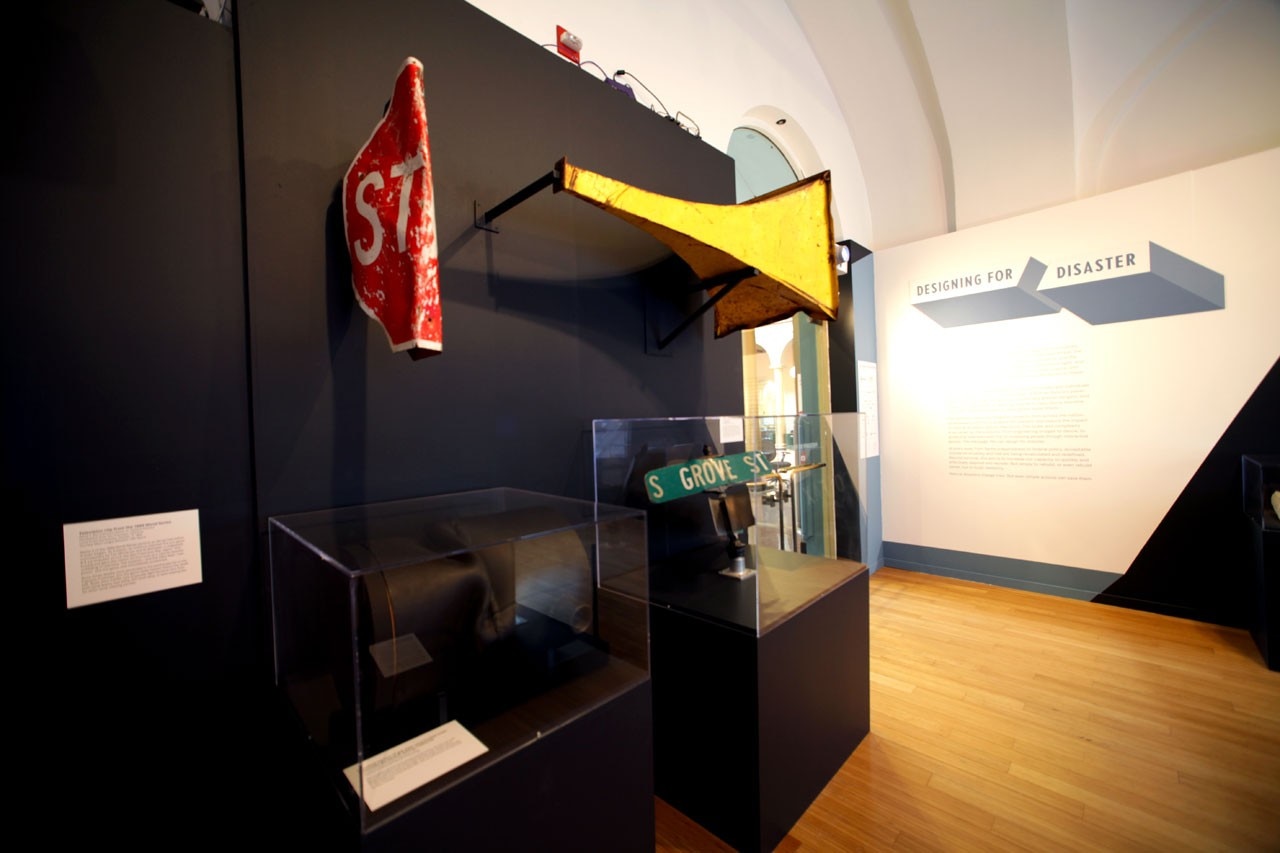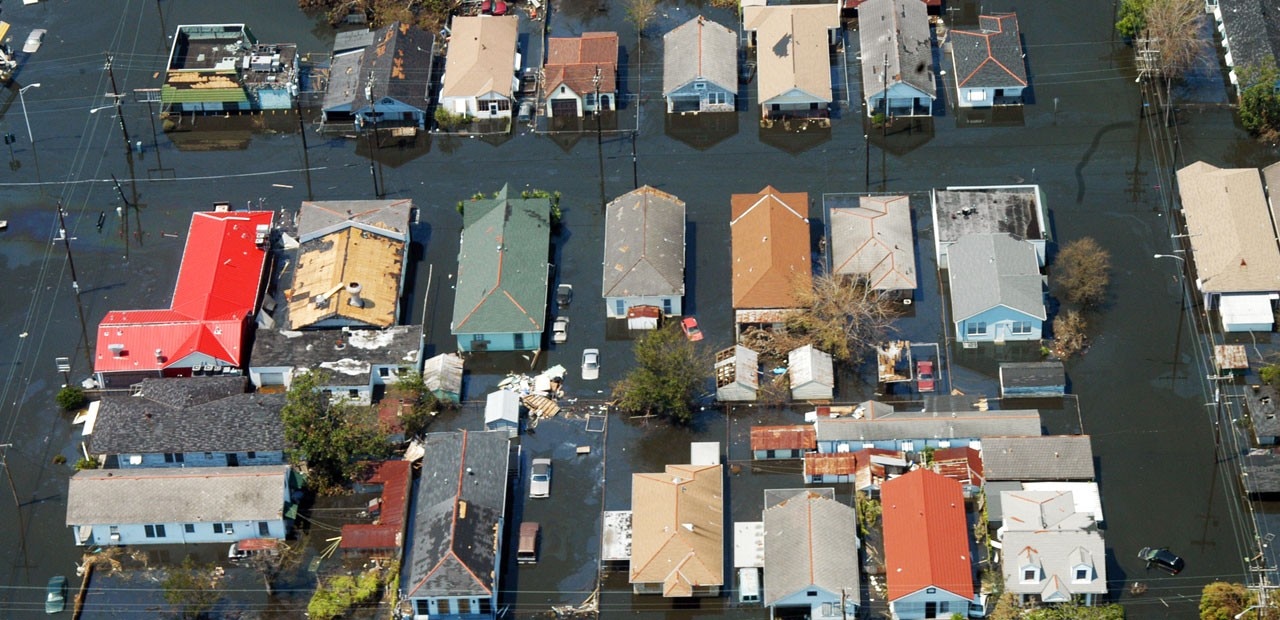
Multimedia components include expert profiles: new interviews with industry leaders, such as Richard Knabb, director of the National Hurricane Center and Kit Miyamoto, CEO, Miyamoto International and California Seismic Safety Commissioner; a testing video from the Insurance Industry for Business & Home Safety Research Center in Richburg, South Carolina, where experts test the effect of gale-force winds on residential structures; a recording from the 1989 MLB World Series, interrupted by an earthquake; and a projection table exploring the 2010 Fourmile Canyon fire in Colorado. Custom interactives will allow visitors to test their disaster preparedness by choosing the best recourse in disaster scenarios.
The exhibition closes with images and stories of everyday people who have taken steps both large and small to safeguard their homes and families. Visitors are challenged to take similar actions. Links to online resources, an ongoing exhibition blog, and a blog/social media campaign called #MitigationNation help visitors get started.

until August 2, 2015
Designing for Disaster
National Building Museum
401 F Street NW
Washington, D.C.

The Trafic parquet collection: a new language for spaces
Designers Marc and Paola Sadler draw on now-extinct urban scenarios to create an original and versatile product for Listone Giordano.


















